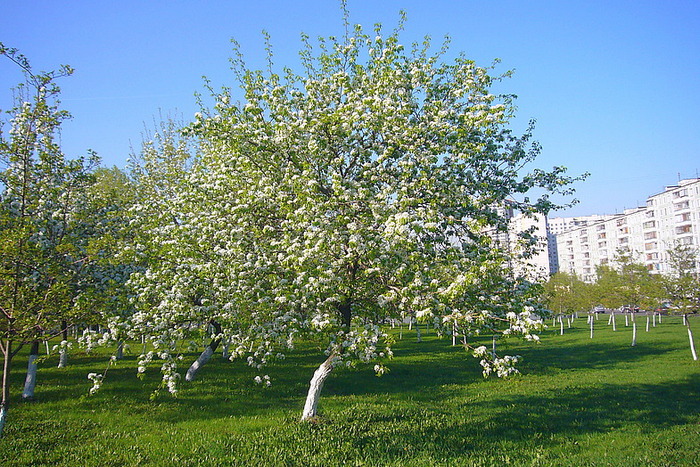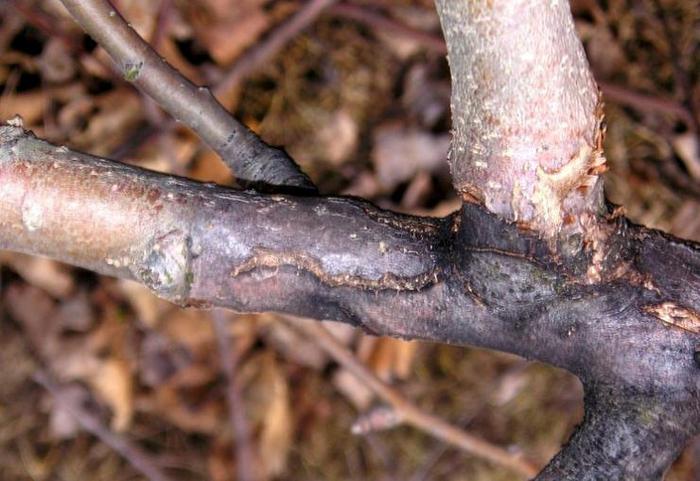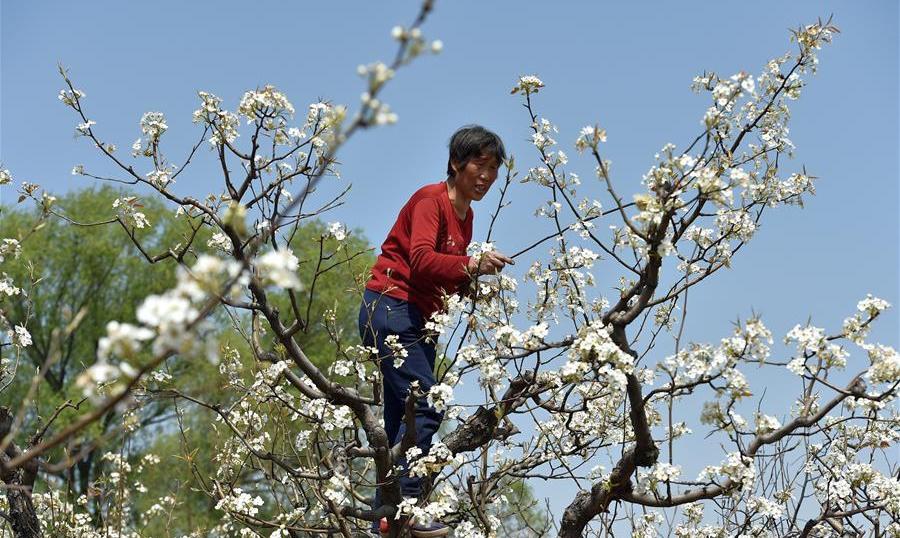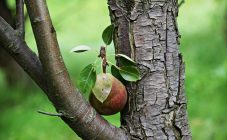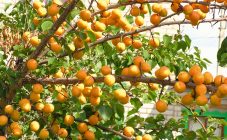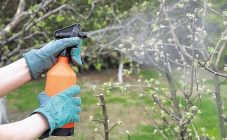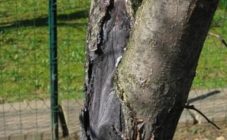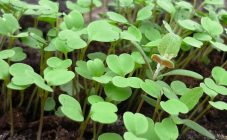Content:
Pear is one of the most favorite fruits of adults and children. Its sweet, slightly tart taste reminds of a sunny summer, and its delicate aroma, familiar from childhood, involuntarily gives a feeling of joy and warmth. It is simply impossible to imagine a garden without this tree. Moreover, pears grow well practically throughout the entire territory of Russia: in the middle lane, the Moscow region, in the southern regions and even in Siberia and the Urals.
Despite everyone's love, variety of varieties, undemanding growing conditions, problems often arise. The main ones are associated with fruiting and flowering. Why doesn't the pear blossom and bear fruit? There are many reasons for this condition, and they require more detailed study.
About pear blossoms
The pear is divided into 2 main groups depending on the origin:
- ordinary - of European origin, characterized by soft, juicy pulp;
- wild - of Asian origin, characterized by crisp flesh with a characteristic astringency.
In terms of ripening, pear, like other fruit trees, is divided into early, middle and late varieties. Depending on the variety and zoning, weather conditions, pear flowering can occur throughout the month of May, and in some cases even in early June.
There are varieties that bear fruit after 3-6 years after planting. The fruits of some pears are worth waiting for about 10 years, and a wild pear will generally bloom at the age of not earlier than 15 years, but it will not please the quality of the fruit either.
If the flowering of the pear and, accordingly, its fruiting does not occur for a long time, the cause of such a violation should be found out.
Why pear does not bloom, what to do
It should be immediately clarified that if the tree is less than 3 years old, the absence of flowering is absolutely normal. If a young tree is from 3 to 10 years old, and it has not yet borne fruit, there is no need to rush to get rid of it. It is worth finding out for what year the pear of this variety blooms. If, according to age criteria, she should already do this, you should look for the cause of the anomaly and start fixing it.
The pear is a tricky crop to grow. The optimal conditions for its comfortable development are:
- fertile light soil;
- well lit, sunny area;
- regular care.
In the absence of these conditions, deviations in the formation of ovaries, a decrease in the quality of fruiting are possible.
The main reasons for not blooming for the first time are:
- Prolonged frosts in winter and frosts in spring. Pear is a thermophilic plant that also reacts poorly to sudden changes in temperature. Pear branches and buds are prone to freezing. After a frosty winter, the tree may die. In this case, the buds will not bloom at all, the branches become dry, without signs of life, the bark begins to burst. A signal of damage to the tree by unexpected frosts is frozen buds or blackening of already opened leaves.
- Shaded place. The pear tree needs sunlight. With its lack, it will not develop.
- Dense crown. The branches of this plant are characterized by rapid growth. If you do not follow this, do not cut it off in time, all the forces of the tree will go to provide green mass with useful substances, and not to form ovaries. In addition, the thickening does not allow sunlight to make its way to the buds, interferes with high-quality ventilation of the crown.
- Rotting roots. The pear does not tolerate heavy wet soil, as the roots can rot. In addition, groundwater passing close to the surface of the earth washes out nutrients.
- Incorrect fit. The root collar should be at ground level. If the planting took place deeper, the earth will have to be raked out; at a high location, hilling is necessary.
The poor condition of the tree can be caused by several more rather serious factors:
- Lack of nutrients. The buds for the future harvest are laid in the summer. If at this time the tree suffers from an insufficient amount of the necessary substances, it is unable to form buds at all, or their quality will be very low.
- Insects that damage trees and fruits. There are situations when the flower buds are nevertheless tied up, but before they bloom, they crumble. In such cases, insects or their larvae are most often to blame. The most famous lovers of pears are the goldtail, honeydew, flower beetle.
- Diseases affecting the tree. The lack of flowering can signal a variety of diseases that can not only delay development, but also completely destroy the tree. The most dangerous in this regard are scab, powdery mildew, rust, cytosporosis, fire blight, white spot.
How to help a pear to bloom
Knowing the reasons and factors affecting the fruiting of a pear, you can understand what to do to make the pear bloom for the first time.
How to make a pear blossom:
- The right choice of wood. The most optimal option for growing in summer cottages is pears that bear fruit in the sixth year. Experienced gardeners recommend buying seedlings from special nurseries or centers, or from well-proven locations. That is, where there are guarantees that they will sell exactly the variety that is needed, and not a late-fruiting plant or wild game.
- Pollination. Be sure to take care of pollinating plants. Do not plant only one tree. A pear must have neighbors - several pears of different varieties. In this case, there is the possibility of cross-pollination, and the likelihood of fruiting increases significantly.
- The correct choice of varieties, taking into account the zoning. You should know the peculiarities of the climate when choosing a plant. If the location is characterized by harsh winters, cold-resistant varieties are chosen. With frequent frosts, it is better to opt for late-maturing plants, as they bloom later, when the probability of frost decreases.
- The correct choice of site for landing. it is better to select a sunny place, preferably protected from the winds. In addition, the pear does not develop well in heavy clay soils, prefers sandy loam or loamy soil that is not prone to getting wet. If there is no choice, then drainage will help correct the situation.
- Regular watering. In drought conditions, the tree does not have enough strength to ensure flowering. Timely watering can restore balance. Watering should be done on a cloudy day or after sunset with warm water. To improve the effect, it is worth digging a small groove around the pear and pour 3-4 buckets of water into it.
- Crown formation. Pear branches grow very quickly.To direct resources to the formation of fruits, and not green mass, the crown should be regularly thinned out. In addition, such actions help the sun's rays penetrate to the kidneys.
- Top dressing. Soil resources are constantly being depleted, a tree needs to constantly replenish reserves of minerals for fruiting. For the full development of a pear, organic fertilizers should be introduced into the soil around it in autumn and spring - humus, chicken droppings, ash. If necessary, you can replace organic with complex fertilizers. Additionally, in the spring, before flowering, top dressing is introduced in the form of a solution of urea or ammonium nitrate. After flowering, the pear is fed with potassium phosphate fertilizers.
- Disease and pest control. The presence of disease or insect damage affects the vitality of the pear. As a prophylaxis of diseases, a solution of Bordeaux liquid can be used (first time 3%, next times - 1%). In the fight against pests, fungicides or insecticides will help. But the best way to get rid of this problem is preventive work: removal of dry, affected branches, cleaning of fallen leaves, whitewashing of trunks.
Gardening tips
On the issue of the lack of flowering in a pear, as on many other issues, the advice is different. How many people - so many opinions. But mostly experienced gardeners recommend thinking carefully about choosing a variety and taking care of high-quality pollination. According to gardeners, it is these factors that most affect flowering and the formation of ovaries.
The pear is a difficult fruit tree to grow. But, having studied the subtleties and features of growth and development, with some effort, you can get a good harvest by delighting your home beloved fragrant fruits.
